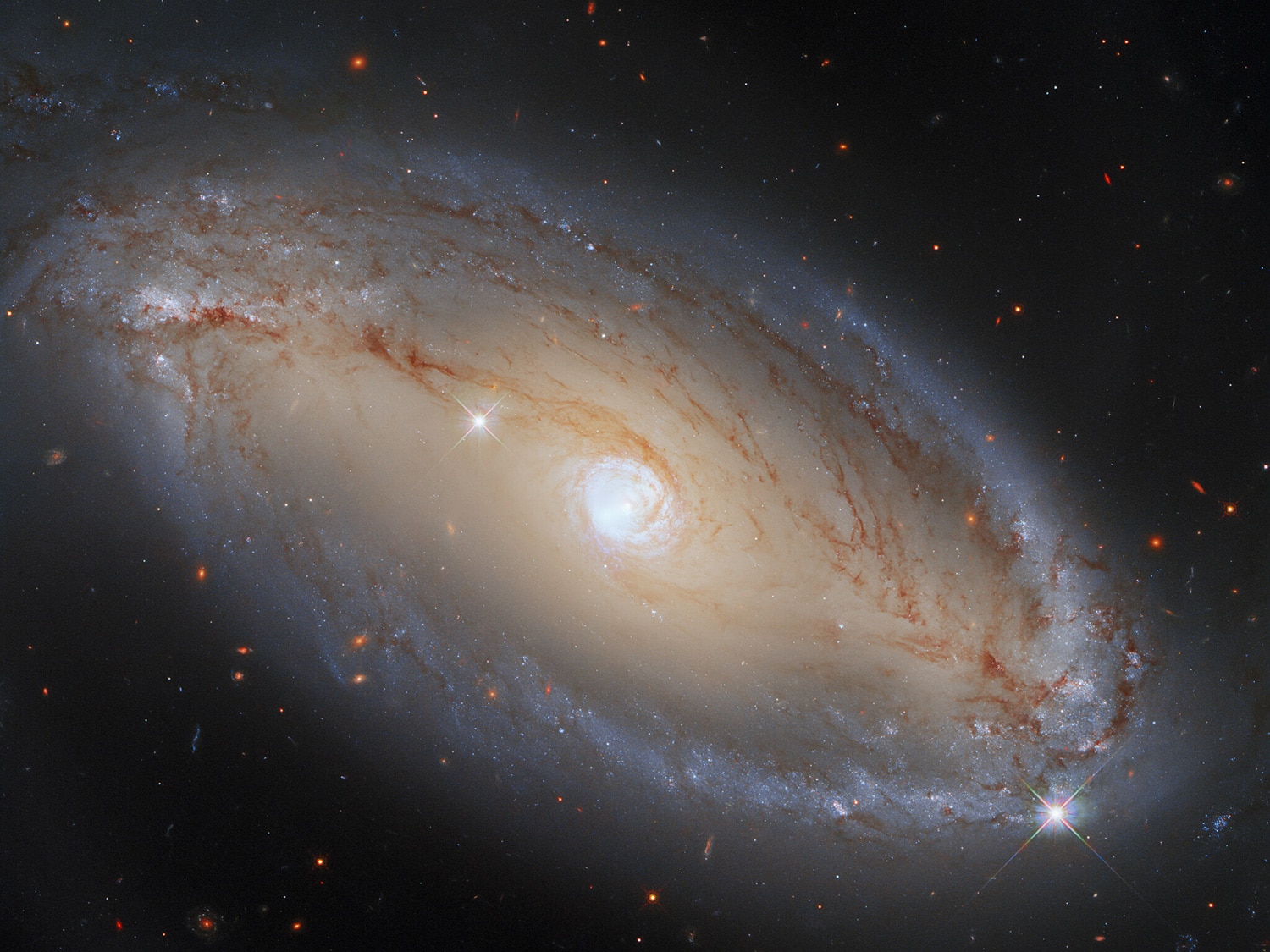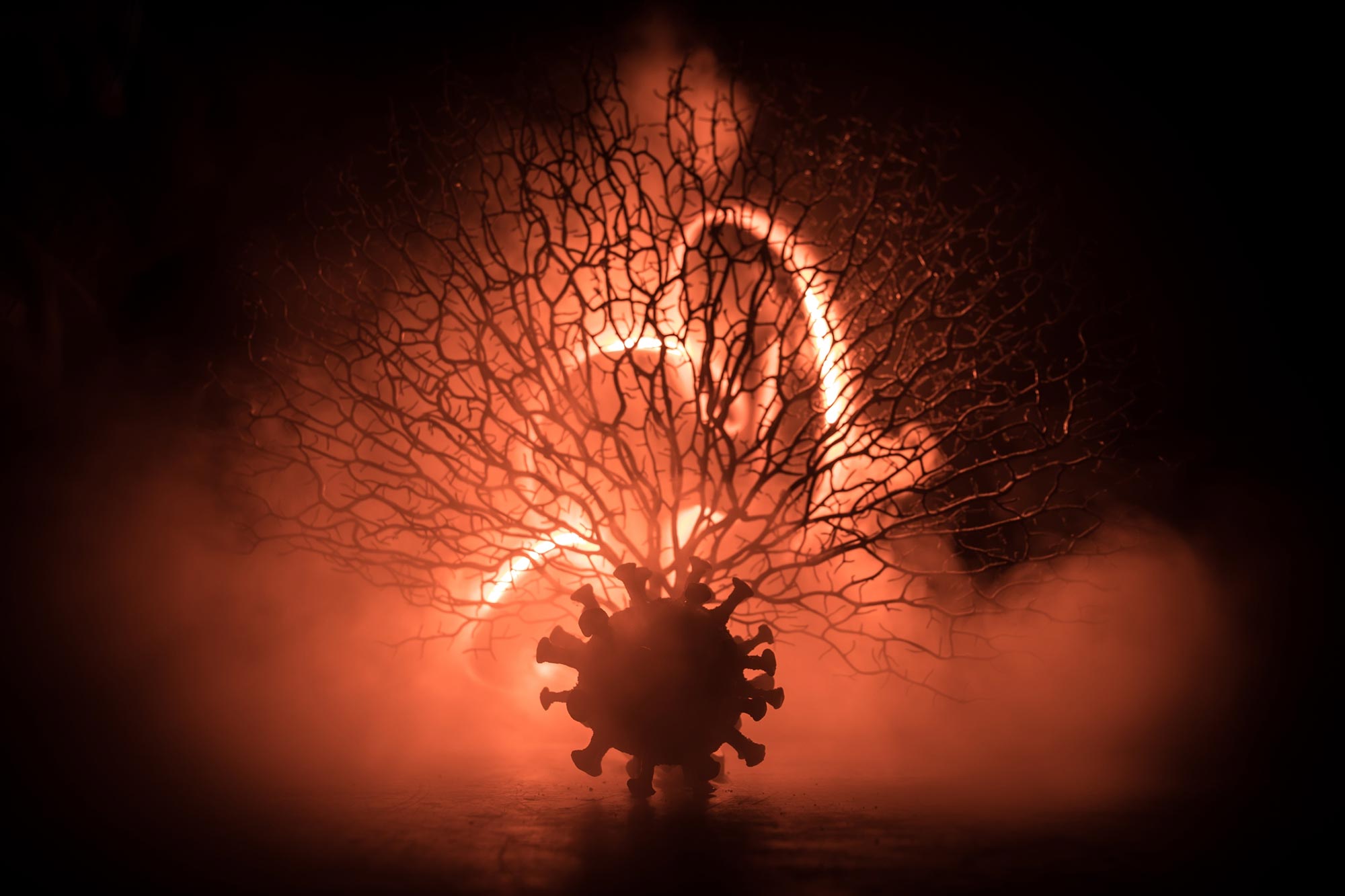The Hubble team has released a detailed photo taken by the NASA/ESA Hubble Space Telescope of the orange molecular cloud CB 130-3.
This Hubble image shows the dense core CB 130-3. Image credit: NASA / ESA / Hubble / STScI / C. Britt / T. Huard / A. Pagan.
CB 130-3 is a carbon-chain-rich dense core — a compact agglomeration of gas and dust — located in the constellation of Serpens.
Also known as LDN 507, the object lies at a distance of 200 parsecs (652 light-years) from Earth.
“Dense cores like CB 130-3 are the birthplaces of stars, and as such are of particular interest to astronomers,” members of the Hubble team said in a statement.
“During the collapse of these cores enough mass can accumulate in one place to reach the temperatures and densities required to ignite hydrogen fusion, marking the birth of a new star.”
“While it may not be obvious from this image, a compact object teetering on the brink of becoming a fully fledged star is embedded deep within CB 130-3.”
The color image of CB 130-3 was made from separate exposures taken in the visible and infrared regions of the spectrum with Hubble’s Wide Field Camera 3 (WFC3) instrument.
Three filters were used to sample various wavelengths. The color results from assigning different hues to each monochromatic image associated with an individual filter.
“As this image shows, the density of CB 130-3 isn’t constant,” the astronomers explained.
“The outer edges of the cloud consist of only tenuous wisps, whereas at its core CB 130-3 blots out background light entirely.”
“The gas and dust making up CB 130-3 affect not only the brightness but also the color of background stars, with stars towards the center the cloud appearing redder than their counterparts at the outskirts of this image.”
“We used Hubble to measure this reddening effect and chart out the density of CB 130-3, providing insights into the inner structure of this stellar nursery.”
Note: This article have been indexed to our site. We do not claim legitimacy, ownership or copyright of any of the content above. To see the article at original source Click Here












